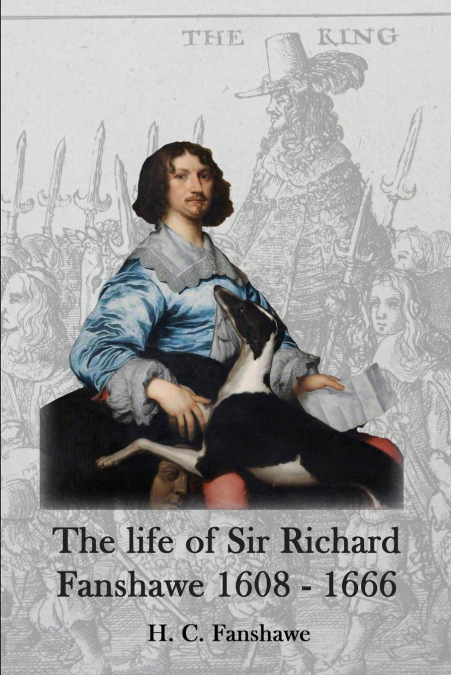
 Librería Perelló (Valencia)
Librería Perelló (Valencia)
 Librería Aciertas (Toledo)
Librería Aciertas (Toledo)
 Librería Elías (Asturias)
Librería Elías (Asturias)
 Donde los libros
Donde los libros
 El AlmaZen del Alquimista (Sevilla)
El AlmaZen del Alquimista (Sevilla)
 Librería Kolima (Madrid)
Librería Kolima (Madrid)
 Librería Proteo (Málaga)
Librería Proteo (Málaga)
Sir Richard Fanshawe (1608-1666), was a diplomat, poet and linguist. As Ambassador to Spain and Portugal he negotiated the marriage of Charles II and Catherine of Braganza. He was also acclaimed for his poetry and his translations of Latin and European works such as the Lusiads by Luis de Camoes and Il Pastor Fido (the Faithful Shepherd) by Giovanni Battista Guarini. Sir Richard’s wife, Lady Ann, is also famous in her own right for her vivid memoir of their adventures during the turbulent era of the Civil War. The Fanshawe family, originally from Derbyshire, gained wealth and status as holders of the office of the Remembrancer of the Exchequer. Their estates included Ware Park in Hertfordshire, Jenkins in Barking and Parsloes, Dagenham. They were staunch Royalists during the Civil War, and were connected by marriage to other notable families at Court and merchants of the City of London.This volume, published to mark the 350th anniversary of Sir Richard’s death, is a facsimile reprint of the chapter on his life in H.C. Fanshawe’s History of the Fanshawe Family (published 1927) which has long been out of print. It includes a new introduction and colour reproductions of some of the Fanshawe portraits and archives held at Valence House in Dagenham, including the portrait of Sir Richard by William Dobson.